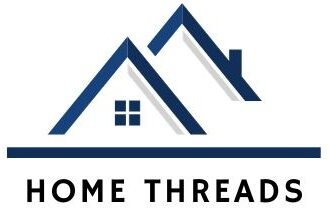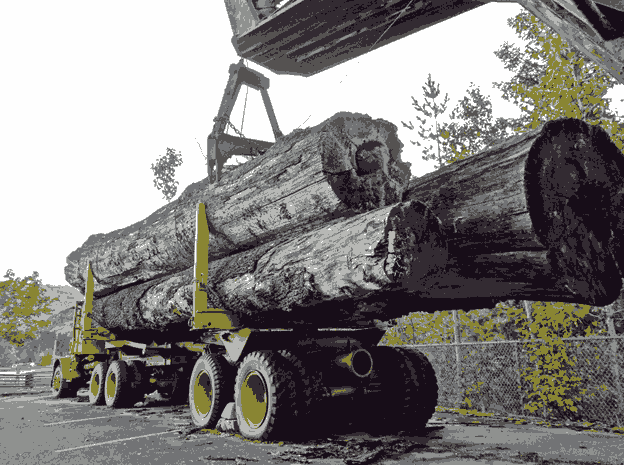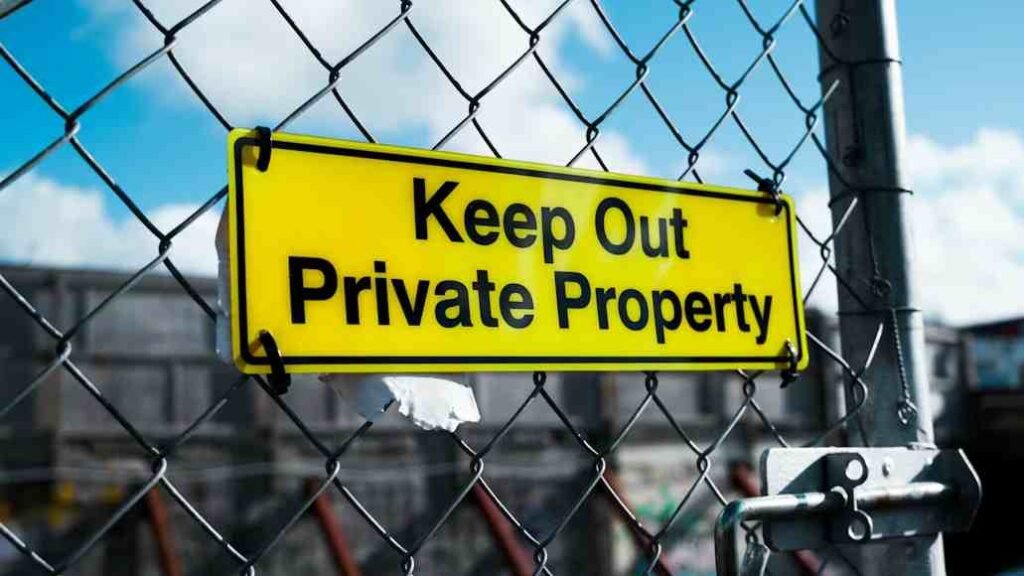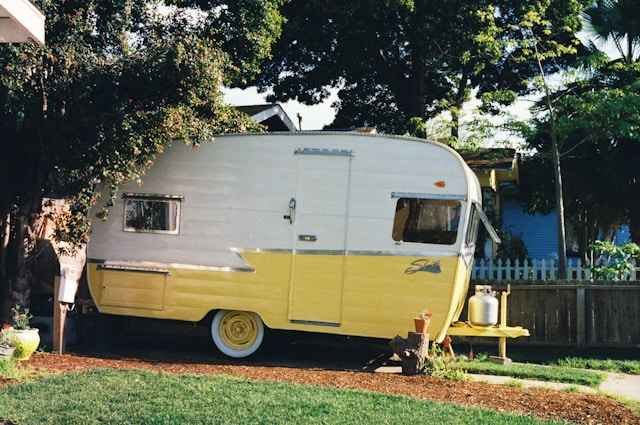Working in forestry means handling a variety of tasks-like cutting trees, moving logs, and clearing land. To do the job well, you need the right tools and machines. There are many types of forestry equipment, and each one is designed for a specific purpose.
Choosing the right one can save you time, money, and effort. This article breaks down the most common types of forestry equipment and how they fit different needs.
Chainsaws vs. Harvesters
To cut down trees, you usually use either a chainsaw or a machine called a harvester. Chainsaws are great for small jobs or places where big machines can’t go. They’re affordable, easy to carry, and give you more control when cutting individual trees.
Harvesters are large machines that do several jobs at once-they cut down trees, remove the branches, and cut them into logs. They are best for big logging operations where speed and efficiency matter. Harvesters cost more but save a lot of time on large jobs.
Skidders vs. Forwarders
Once the trees are cut down, the logs need to be moved. That’s where skidders and forwarders come in.
Skidders drag logs across the ground. They’re good for rough terrain and tight spaces, and they’re usually more affordable. But dragging logs can damage the soil and nearby trees.
Forwarders carry the logs off the ground, which helps protect the environment. They’re better for longer distances and for areas where you want to reduce damage to the forest. While they cost more, they’re often worth it in sensitive areas.
Feller Bunchers
A feller buncher is a machine that cuts and gathers several trees at once. It lays them down in neat piles for easy pickup.
These machines are great for fast, large-scale logging jobs-especially in places where trees are evenly spaced, like pine plantations. However, they’re large and may not work well in tight or steep areas.
Mulchers and Brush Cutters
If you need to clear land or control thick brush, mulchers and brush cutters are the tools for the job. Mulchers break down small trees and brush into mulch. This is helpful for clearing land, building trails, or creating firebreaks.
They also improve the soil by adding organic material. Visit a reputable shop when you look for a forestry mulcher for sale to learn more.
Brush cutters are smaller and less powerful. They work well for lighter jobs, like trimming small plants or clearing overgrown paths. Choose a mulcher for heavier work and a brush cutter for smaller tasks.
Chippers and Grinders
When you’re done logging, there’s often leftover wood and branches. Chippers and grinders help turn this debris into wood chips or mulch.
Chippers are good for smaller branches and lighter material. Grinders handle larger pieces and are useful for turning wood into fuel or mulch for landscaping. Both are helpful for managing waste and keeping the job site clean.
Get the Best Forestry Equipment
The right forestry equipment depends on the size of your job, the terrain, and your goals. Chainsaws and brush cutters are simple and low-cost.
Bigger machines like harvesters, forwarders, and mulchers are better for large, commercial jobs. By understanding what each machine does best, you can choose the tools that make your work faster, safer, and more effective.
If you want to read more articles, visit our blog.
For more, visit our website Home Threads







